Peter Dornauf – 8 July, 2010
It's somewhat amusing to read the introduction to the catalogue, penned by Peter Simpson, and observe the man perform a series of mental gymnastics to find a common thread that holds the disparate art works together as a cohesive unit. Admitting it can't be done but unwilling to give up the chase, he finally plumps for the equivalent of, well, they're all different, and proceeds to turns that into a unifying factor, calling it conveniently, pluralism. We're all plural now, no longer nationalists or even internationalists.
Hamilton
Gretchen Albrecht, Tony Lane, Richard Lewer, Denis O’Connor, Fiona Pardington, James Ross.
Diaspora: Pluralism and Singularity
Toured by Bill Millbank
7 March - 18 July 2010
This exhibition of six artists was first shown in Valencia in 2007 during the famous yacht race, an attempt at some New Zealand cultural PR no doubt. As I recall, I think we lost the race - so at least it’s good to take comfort from the fact that the well-healed from the boating fraternity got to see our stuff, if in fact they bothered.
On return to New Zealand by way of Majorca and Hong Kong, Bill and Pip Culbert were culled from the original six and replaced by Richard Lewer and Denis O’Connor. Gretchen Albrecht, Tony Lane, Fiona Pardington and James Ross make up the original numbers.
Of the six, Tony Lane ‘s meticulously layered and lacquered pieces from 2004- 6, are the most painterly, the most sumptuous to look at. They provide an unusual frisson between the sacred and the profane, producing a beguiling take on the subject in a world where extreme polarities currently exist between the two.
In Albrecht we see more of the same, ovals and abstracts that reach back for their source from a similar time and place that Lane evokes; a Christian Renaissance heritage.
Lewer takes a break from his compulsive obsessive Roman Catholic biography to document the dark underbelly of New Zealand society; suicides, thieves, fires and base bogan inanities in his characteristic faux naïve inky scrawl.
James Ross does his small architectural triangular abstractions on wood behind glass which had their origins way back to the hovering skulls of his Holbein days of the late eighties. This McCahonesque touch has now morphed into a more Mrkusich trope.
Fiona Pardington’s large black and white photographs of bird nests are described somewhat extravagantly by Gina Irish as “a mystical space”, while Denis O’Connor’s relief sculptures play artist as ringmaster and maker of magic, itself close to the heart of the religious impulse.
Among the jostling dialectic of the worldly and unworldly, the hallowed and the heathen, one could tease out if one cared some real commonality, but I doubt if the boaties of Valencia could be bothered - or the punters at Hamilton for that matter.
It’s somewhat amusing to read the introduction to the catalogue, penned by Peter Simpson, and observe the man perform a series of mental gymnastics to find a common thread that holds the disparate art works together as a cohesive unit. Admitting it can’t be done but unwilling to give up the chase, he finally plumps for the equivalent of, well, they’re all different, and proceeds to turns that into a unifying factor, calling it conveniently, pluralism. We’re all plural now, no longer nationalists or even internationalists.
Clutching further at straws, Simpson then finds that the artists travel overseas a lot, and hello, here’s another commonality; Diaspora, the title of the show, matching both pretention and irrelevance in a single stroke. Finally still not content to call it quits, he discovers yet another collective leitmotif; “a kind of attitude” prevailing among them, pertinent to all New Zealand artists. And what kind of attitude is that, one asks with a sudden revival of interest? The answer, when it arrives, is astounding in its utter banality: “a determination to make the utmost of each work”. Well blow me down with a feather.
Curatorial wankerism aside, it’s good to see a substantial art exhibition of such standing at an institution (Waikato Museum of Art and History) with a recent checkered history that would make you weep. A positive omen.
Peter Dornauf
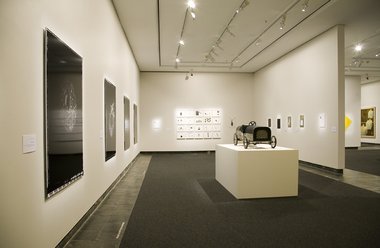
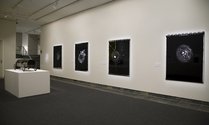
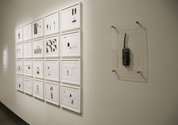
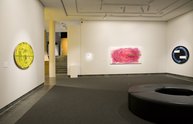
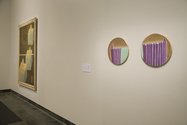
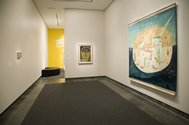
 Two Rooms presents a program of residencies and projects
Two Rooms presents a program of residencies and projects Advertising in this column
Advertising in this column



This Discussion has 0 comments.
Comment
Participate
Register to Participate.
Sign in
Sign in to an existing account.